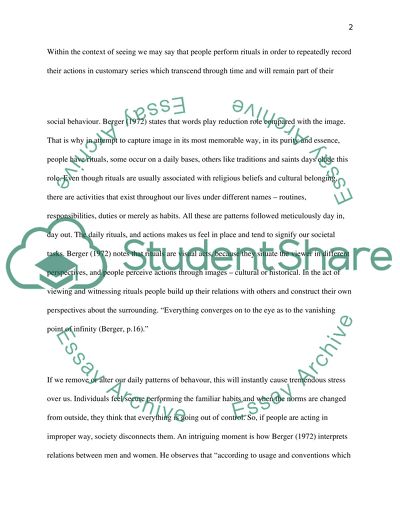Cite this document
(“Rituals Essay Example | Topics and Well Written Essays - 2000 words”, n.d.)
Retrieved from https://studentshare.org/sociology/1513248-rituals
Retrieved from https://studentshare.org/sociology/1513248-rituals
(Rituals Essay Example | Topics and Well Written Essays - 2000 Words)
https://studentshare.org/sociology/1513248-rituals.
https://studentshare.org/sociology/1513248-rituals.
“Rituals Essay Example | Topics and Well Written Essays - 2000 Words”, n.d. https://studentshare.org/sociology/1513248-rituals.


